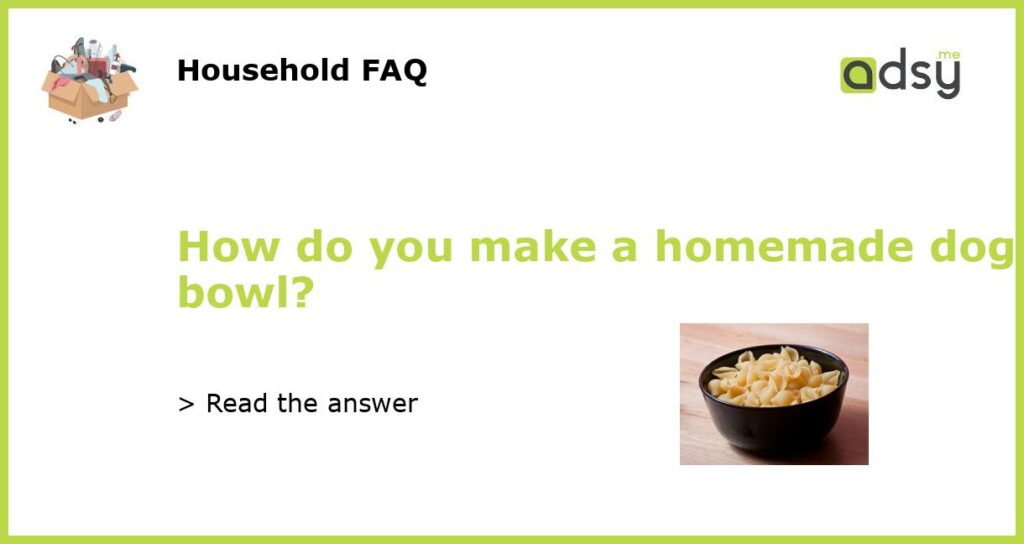Choosing the right materials and design
If you are looking to make a homemade dog bowl, there are a few things you should consider before starting the project. Firstly, you need to choose the right materials and design for your dog’s bowl. You want to make sure that the material you use is safe for your dog to eat and drink from. This means avoiding materials such as plastic or ceramic which may contain harmful chemicals. Instead, opt for stainless steel or food-grade silicone which is non-toxic and easy to clean.
Measuring and cutting the materials
Once you have chosen the material for your dog’s bowl, you need to measure and cut it to the desired size. The size of the bowl will depend on the size of your dog and how much food and water they consume. Typically, the bowl should be large enough to comfortably fit your dog’s snout and deep enough to hold a sufficient amount of food or water. Use a tape measure or ruler to measure the dimensions of the bowl and a marker or pencil to mark the cutting lines.
Assembling the bowl
After the materials have been cut to size, it’s time to assemble the bowl. If you are using stainless steel, simply bend the edges of the material upwards to form a bowl shape. If you are using silicone, you may need to use a heat-resistant adhesive to secure the edges together. Make sure that the edges are smooth and rounded to prevent any potential injuries to your dog’s mouth.
Adding personal touches
To make the homemade dog bowl unique and personalized, you can add some personal touches to it. This could include painting the exterior of the bowl with dog-friendly paint or adding your dog’s name or a pattern to the bowl using non-toxic markers. Be creative and have fun with the design, but make sure that any additions are safe for your dog to come into contact with.
Testing and using the homemade dog bowl
Before using the homemade dog bowl, it is important to test it to ensure its functionality and safety. Fill the bowl with food or water and observe your dog’s behavior while they eat or drink from it. Make sure that the bowl is stable and does not tip over easily. Additionally, keep an eye out for any signs of discomfort or irritation, such as your dog’s gums becoming irritated from the material. Once you are satisfied with the bowl’s performance and your dog’s comfort, it is ready to be used regularly!






